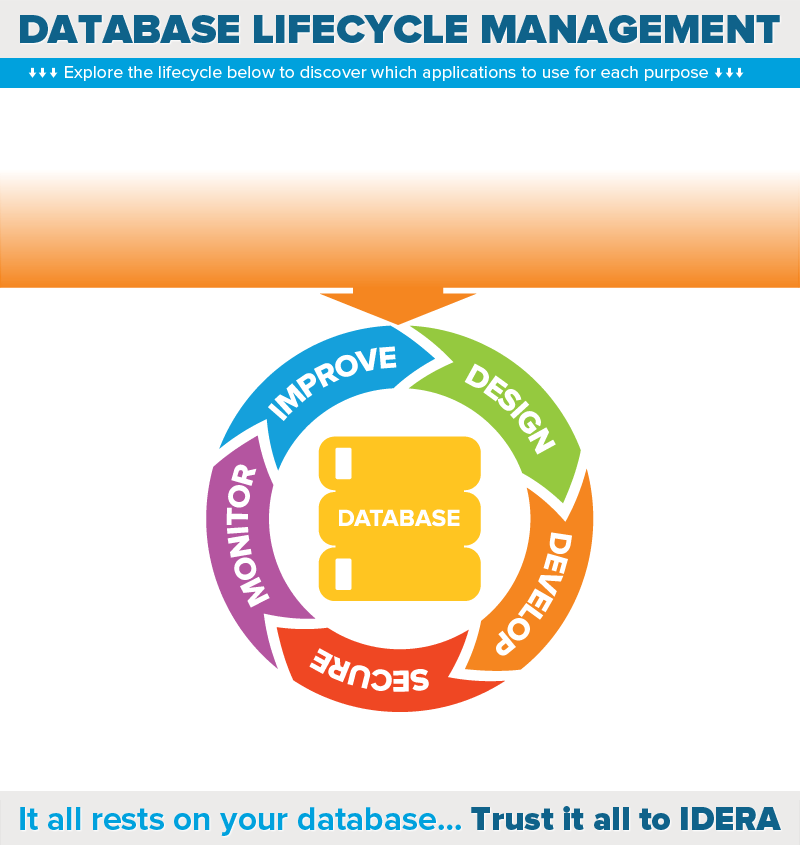Five misconceptions about cloud migration.
The popularity of cloud platforms continues to grow for a variety of
reasons. For example, it allows organizations to pay only for the computing
resources they use. Cloud computing is a rapidly maturing technology, but
many misconceptions about cloud migration still exist. These misconceptions
can lead organizations into jumping on the cloud bandwagon without fully
developing their implementation strategy, leading them to regret their
decision later. The following list includes five of the most significant
misconceptions about cloud migration.
(1) You do not need a cloud expert.
Migrating to the cloud requires a deep understanding of the current
application environment and the factors that affect those applications on a
cloud platform.
An expert partner is essential for identifying the specific technologies
that will work for you as well as those that will not.
Cloud-migration experts must be able to develop strategies for identifying
problems caused by your data's change in location.
(2) You will always save money.
While cloud computing is often less expensive than in-house hosting, moving
applications to the cloud often requires significant manual oversight, a
process that incurs a significant upfront cost.
On top of considering capital expenditure, it is also important to focus on
how the cloud will help your organization reach its long-term business
goals when pitching your plan to decision-makers.
You may be tempted to use the cloud's scalability to quickly overcome
performance problems rather than resolving their underlying cause. However,
this approach can cause your cloud to become inefficient.
(3) All applications belong in the cloud.
Some organizations decide to migrate all their applications in a single
operation, which may be too challenging and thus fail.
Operating entirely on the cloud may well be a worthy goal for your
organization, but it is generally better to prioritize your applications
and migrate them in phases.
The strongest candidates for cloud operations are applications that would
benefit from the flexibility of a cloud platform, especially those with
large changes in workloads.
(4) Your cloud provider will handle all your security needs.
A good deal of the security risk that your cloud platform poses depends on
the provider's strategies. However, you will need to take your own steps to
ensure security.
End users are often the weakest link in a computer system's security. In
the case of a cloud platform, users include database professionals who are
not cloud experts yet.
Be sure you have a handle on how you will manage user security settings and
audit user activity in your cloud environment.
(5) The migration will be an immediate hit with stakeholders.
Your users probably will not welcome this change if they have been doing
things the same way for a year, even if the migration will help your
business in the long run.
Obtain user buy-in by communicating the benefits of working in the cloud
before you start moving applications.
Your users may be frustrated in the short term, but they are more likely to
accept the migration if they understand how it will eventually help.

